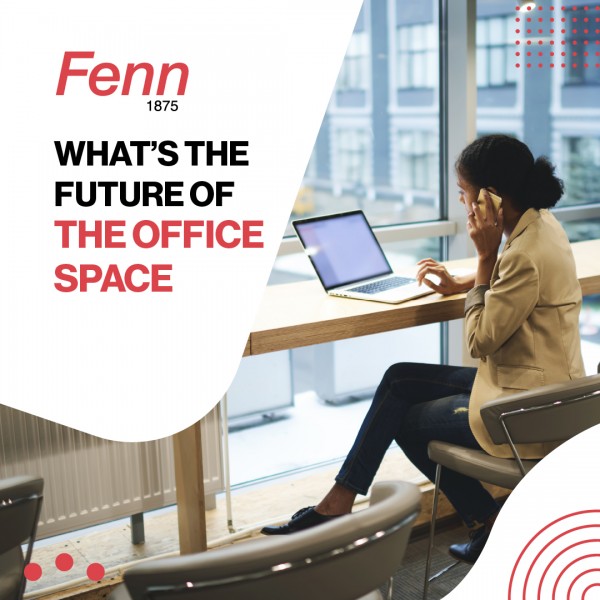Perhaps one of the most debated topics within the last year is do people want to return to the office, carry on working from home or have a hybrid approach? With sky high city centre rents and a new found confidence that the workforce is able to work remotely, there’s lots of advocates for getting rid of office space entirely as a cost cutting measure.
However, some business leaders and employees are vehemently against a fully remote workforce and really miss the office! It’s a tough one to call on which camp will win out but one thing is for certain, the future of office space is changing. We’re starting to see this reflected in our client requests for office design and furniture supplies.
Space to reflect flexible working conditions
Not only is hybrid working becoming the norm, but flexible hours too! With more businesses choosing to purchase laptops instead of desktops, the need for rows of desks set out in team units has gone. The classic boundaries of open plan office, board room and kitchen space no longer fit the needs of our post-pandemic workforce.
We’re seeing an increase in breakout spaces where people can work collaboratively. With working from home for such a prolonged period of time, people are looking forward to that face to face interaction. However, the hesitance to go back to being crammed into open plan spaces means the requirement for solo working pods and smaller units has increased too.
Changing company structures
With companies trying to consolidate costs by eradicating any unneeded middle management levels, we’re seeing this reflected in the physical space requirements too. Emphasis is centered around productivity - where people can come together to get on the same page then work remotely or individually on their tasks. Fixed team hubs are no longer necessary for the entire 40 hour week!
Given the change in leadership styles too, where hierarchical structures and management symbols like your own dedicated office are classed as archaic, workplaces are becoming much more relaxed. Emerging companies favour the flat structure to help with agility and communication to facilitate high energy required for fast paced growth. Having a space that encourages serendipitous conversations and collaboration to enable this is desirable.
Creating a destination and culture
Ultimately, the realisation that not everyone needs to work the same hours and all be together in the same place all the time has freed up the possibility to be more creative. With young professionals living in small apartments in the cities used to spending most of their waking hours in incredible office spaces, working remotely hasn’t been a pleasant experience for them. Many people don’t have the privilege of a home office, extra space or time away from the kids so during lockdown, working from home has been difficult.
With increasing concerns for loneliness, isolation and mental health, the office has regained an important place in many people’s lives as one of the only sources of community they feel that they belong to. Companies are now wanting to invest in creating destination places where their employees feel excited to return to. While being beneficial to creating a more engaged workforce and enhancing productivity, it gives employees a place to go, a team to belong to and shared vision to work towards.
If you’d like any assistance is creating your new office space, please contact This email address is being protected from spambots. You need JavaScript enabled to view it.
